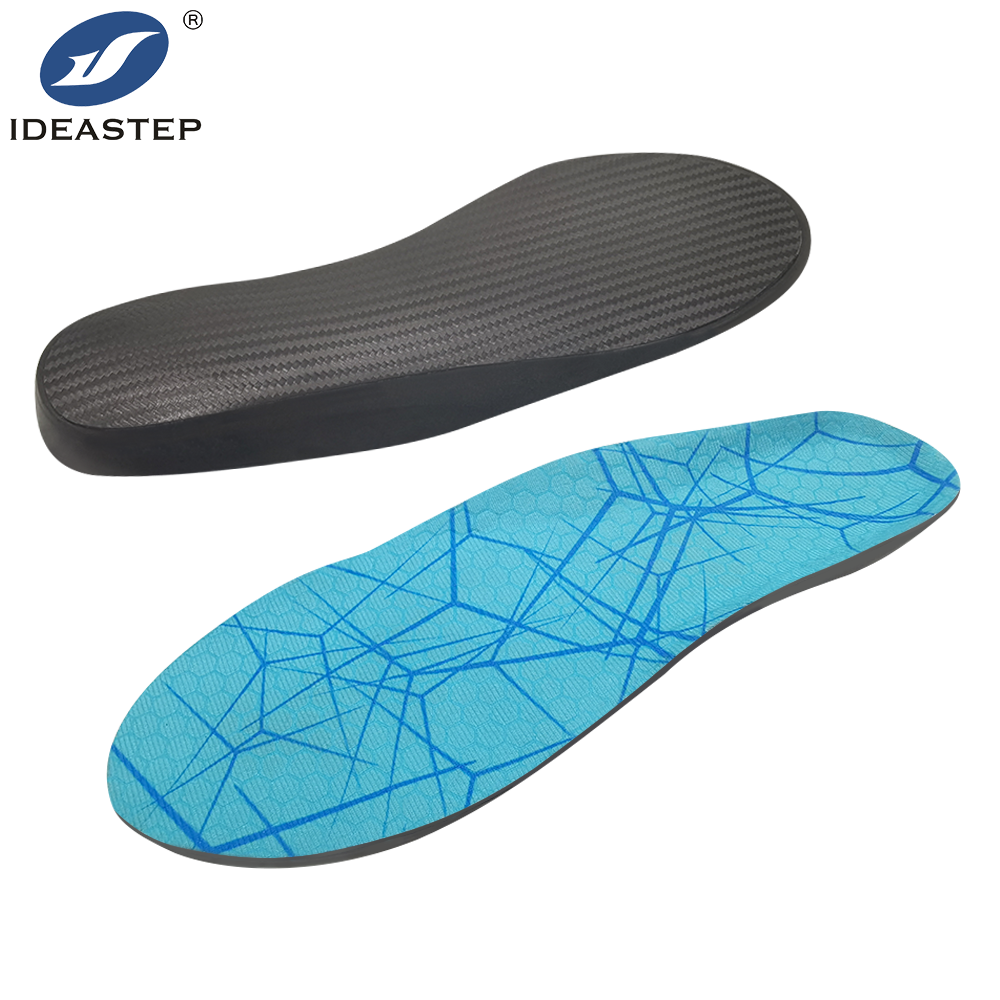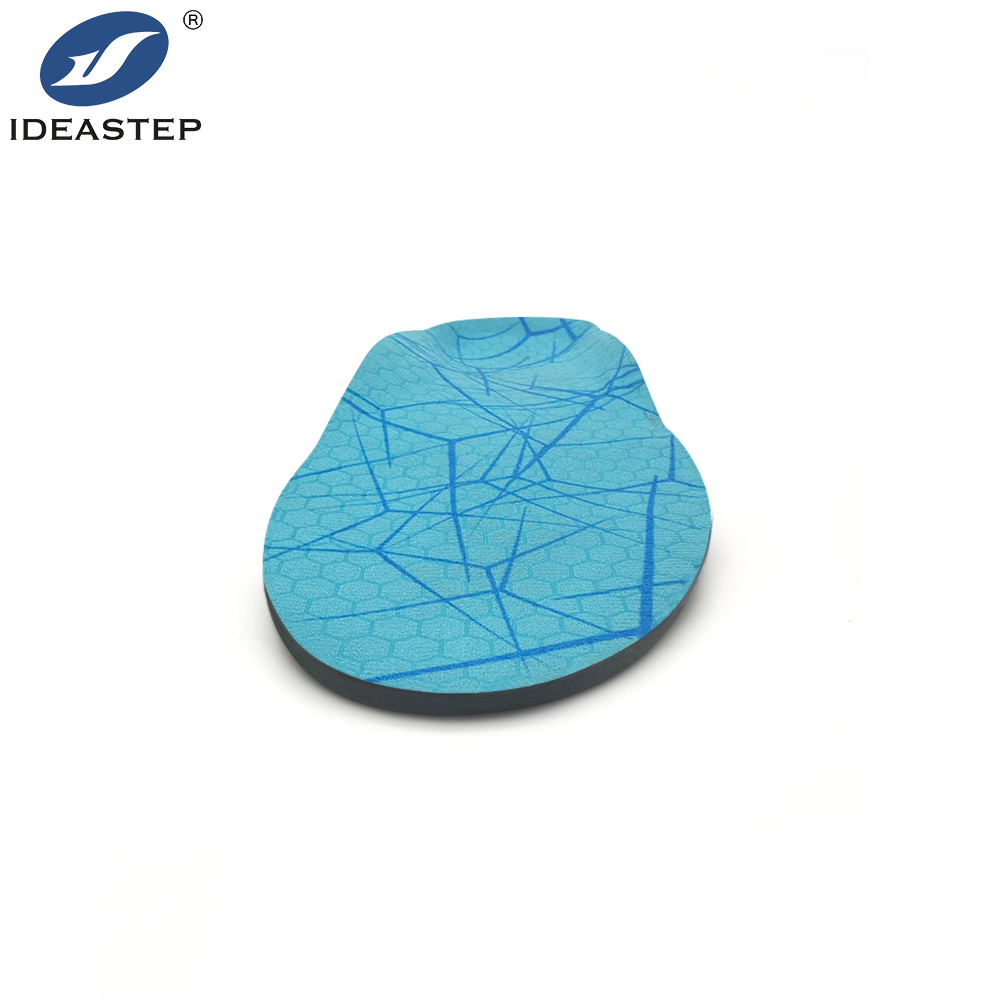Carbon Fiber Insole Manufacturing Techniques
A new premium option for high-performance footwear, carbon fiber insoles, have risen to the occasion for giving not only extraordinary support but also durably lightweight comfort. Insoles are very good uses of carbon fiber for athletes and anybody who has a need for extra support because they are a unique set of qualities in this material. This article looks into manufacturing carbon fiber insoles, focusing on the process, benefits, and considerations.
Understanding Carbon Fiber and Its Benefits
It is widely acknowledged that relative to the weight, carbon fiber possesses excellent mechanical strength, hence making it a highly utilized material in the field of aerospace and automotive and, of course, in various other applications like sporting goods. Due to the many benefits that carbon fiber possesses, it has been incorporated by manufacturers of insoles for use:
- Strength/Durability: Carbon fiber is highly strong but has resiliency, with the ability to support any level of stress exerted on it consistently.
- Lightweight Nature: The carbon fiber is extremely lightweight in nature, making the overall weight in an insole less, thereby imparting an aspect of comfort.
- Rigid Support: The same property makes the material very supportive to correct the foot misalignment and to provide stability for sporting activities.

Major Carbon Fiber Insole Manufacturing Techniques
There are several major techniques applied in the manufacturing of carbon fiber insoles, which assure the maintained quality and performance of the product. So, let’s look at a number of the key manufacturing steps directly:
1. Design and Prototyping
The process initiates with the making of insole design as per needs and requirements. Advanced software is used for preparing detailed 3D models of insoles. This design phase includes the following:
- Foot Scanning: Digital foot scanning is done to produce an exact model of insoles, custom-fit.
- Material Selection: Various types of carbon fiber and resin systems are considered for the desired properties.

2. Material Preparation
The carbon fiber and resin materials have to be prepared, and this is what is involved in a manufacturing process:
- Carbon Fiber Sheets: Carbon fibre normally is supplied in the form of sheet or in pre-preg form, where the fibers themselves are already soaked in resin.
- Application of Resin: Where pre-preg material is not used, resin is applied to the carbon fibers. The kind of resin used will decide the brittleness or flexibility of the end product.
3. Lay-Up Process
The lay-up process is done, by laying up carbon fiber sheets and resin to build the insole. Steps in the process include the following:
- Layering: Carbon fiber sheets are laid out to correlate better with said insole’s properties. Each layer is then carefully aligned correctly.
- Molding: For the layered carbon fiber, it is placed into a mold, which creates the final form of the insole. Molding is generally done with heat and pressure to ensure a proper curing.

4. Curing
Curing is the stage where the resin hardens and solidifies, forming the insole structure:
- Heat Curing: Molded insoles are passed through an oven or autoclave. They are heated to cure the resin. This stage attains the main strength and stiffness of the material.
- Cooling: After the intermediates are cured, they are slowly cooled without much change in shape, thereby minimizing warpage.
5. Finishing and Quality Control
Finally, the insoles go through finishing touches and quality checks as outlined below:
- Trimming and Shaping: Excess material is trimmed out, cut in the shape that can slip easily into shoes.
- Inspection: Every insole is inspected to precision to check out any defects such as air bubbles, or material inconsistencies, to ensure the only quality is allowed to pass through the pipeline into the market.

Advantages of Carbon Fiber Insoles
Carbon fiber insoles have several advantages over traditional insoles:
- Enhanced Performance: That stiffness and support by carbon fiber help an individual to get over the instability and foot fatigue while in performance.
- Long-Lasting Durability: The insoles are very durable; one is sure that even after constant use, they will continue to enjoy the supportive benefits.
- Custom Fit: State-of-the-art insoles production technologies guarantee the creation of products that will precisely fit an individual user, ensuring you comfort and effectiveness.
Frequently Asked Questions (FAQ)
- 1. How durable have carbon fiber insoles been?
- Carbon fiber insoles are generally durable and can last for quite a number of years with some good care. The lifespan can be extended by checking on them frequently and following the tips for care.
- 2. Are carbon fiber insoles appropriate for all types of shoes?
- Carbon fiber insoles can be designed to fit into all sizes and types of shoes, from running shoes and dress shoes to boots; it is easy to customize these insoles for special needs.
- 3. How do I take care of my carbon fiber insoles?
- One needs to clean the carbon insoles by wiping them with a cloth dampened at intervals. It is also advised to keep these insoles away from too much exposure to extreme temperatures. Store in a cool dry place to maintain the natural shape and performance.

Conclusion
Carbon fiber insoles are of an advanced product for experiencing the best support, comfort, and durability of all time. Manufactured by advanced procedures, their insoles offer performance benefits and have many features that make this a very useful product to athletes and every other person requiring floor support for their feet. If you think it might be time for an insole upgrade, considering some made of carbon fiber will really up the game in comfort and performance.
